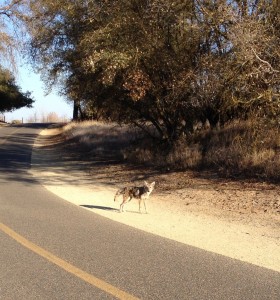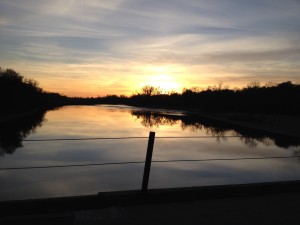When is Public Property in “Dangerous Condition”?
One of the mandatory elements required to hold a public entity liable for injuries occurring on public land is that the property must be in a “dangerous condition” at the time of the injury.

WHAT CONSTITUTES A DANGEROUS CONDITION ON PUBLIC LANDS?
According to law, a “dangerous condition” is a condition which creates a substantial risk of injury when the property (or, in some cases, nearby property) is used in a reasonably foreseeable and anticipated manner. The concept of “dangerous condition” refers directly to the property’s physical characteristics, and normally applies when property is defective, damaged, or allowed to deteriorate to a condition in which it poses a threat to the health and safety of people attempting to use the property in an otherwise safe manner.
“Dangerous conditions” may also exist where the owner or controller of the property fails to take action to resolve an otherwise dangerous naturally occurring situation.
However, a dangerous condition requires more than merely a small or insignificant problem. For example, a small pothole in a road with a low speed limit may not constitute a sufficiently dangerous condition to justify holding the public entity owner of the land liable for injuries occurring on the road.
The substantial and dangerous condition of property is generally considered a “question of fact” (which means it can be decided by a jury in a jury trial). However, where the condition is so clearly trivial or benign that no reasonable person could determine that the condition presented a substantial risk of harm, a judge may decide the question as a matter of law.

PRIOR ACCIDENTS OR INJURIES MAY HELP ESTABLISH A DANGEROUS CONDITION
If similar injuries to those suffered by the plaintiff(s) occurred in the past, at the same location and due to the same (or substantially similar) causes, those facts may help prove that a dangerous condition existed. However, the cause and the type of injuries must be substantially similar to those suffered by the plaintiffs, and the conditions at the property must have been similar at the time the injuries occurred.
For example: injuries which occurred on a foggy or snowy day may not suffice to establish a dangerous condition where the plaintiff’s injuries occurred in midsummer, or vice versa, unless the other facts and circumstances establish that the condition was dangerous in any weather conditions.
Documenting dangerous conditions on public property can be difficult, and often requires expert opinions and investigations. If you are injured on public lands, seek experienced legal counsel without delay.
***
DISCLAIMER: This article is intended for informational purposes only, does not constitute legal advice to any person or entity, and does not create an attorney-client relationship with any person or entity. The liability of public entities is a complex legal topic, and no single article can provide complete or comprehensive coverage or information about this or any other legal topic or issue. Your personal liability may differ, based on your individual facts and circumstances. If you believe you have a legal claim or issue, or wish to know more about your individual rights, consult an experienced attorney without delay.














